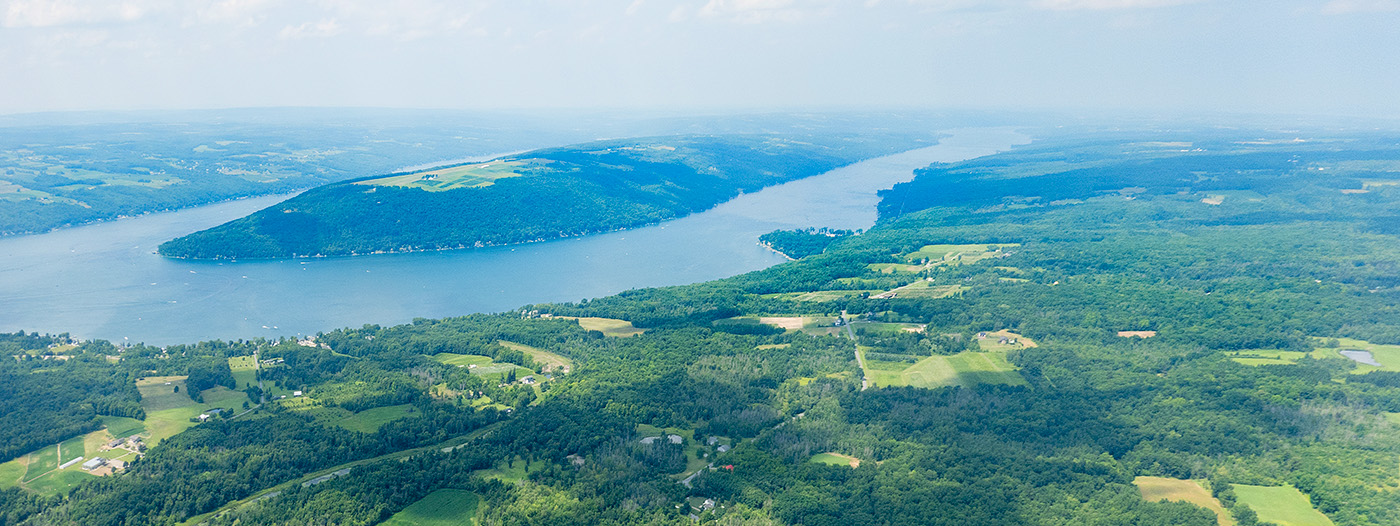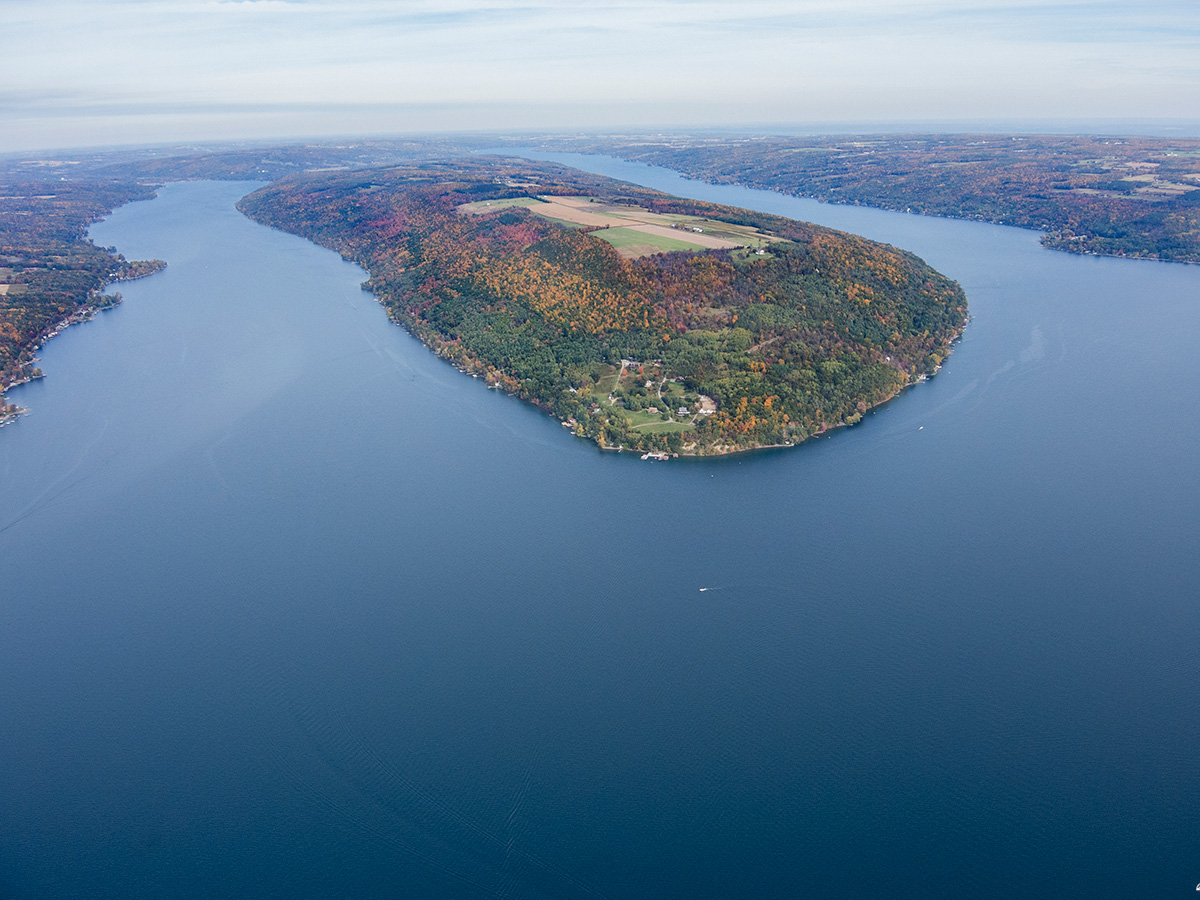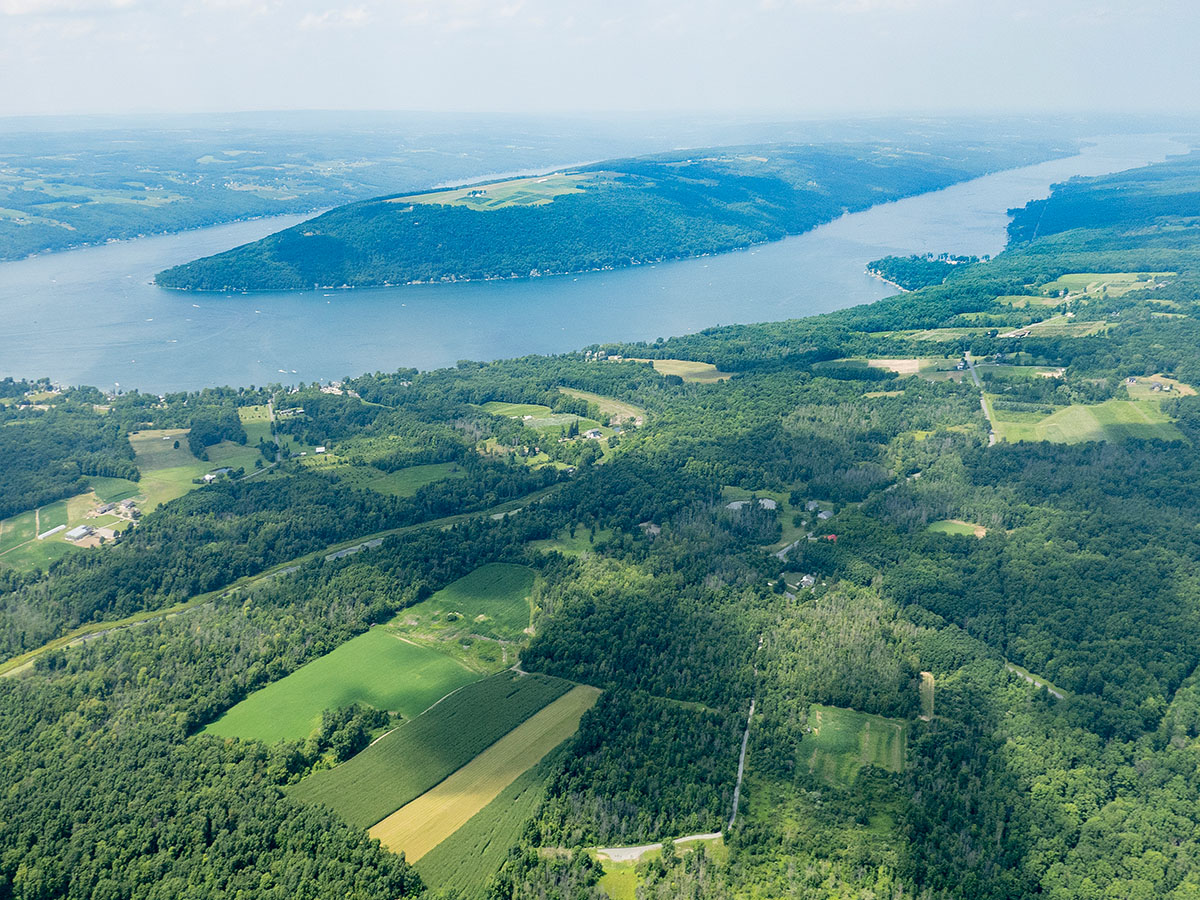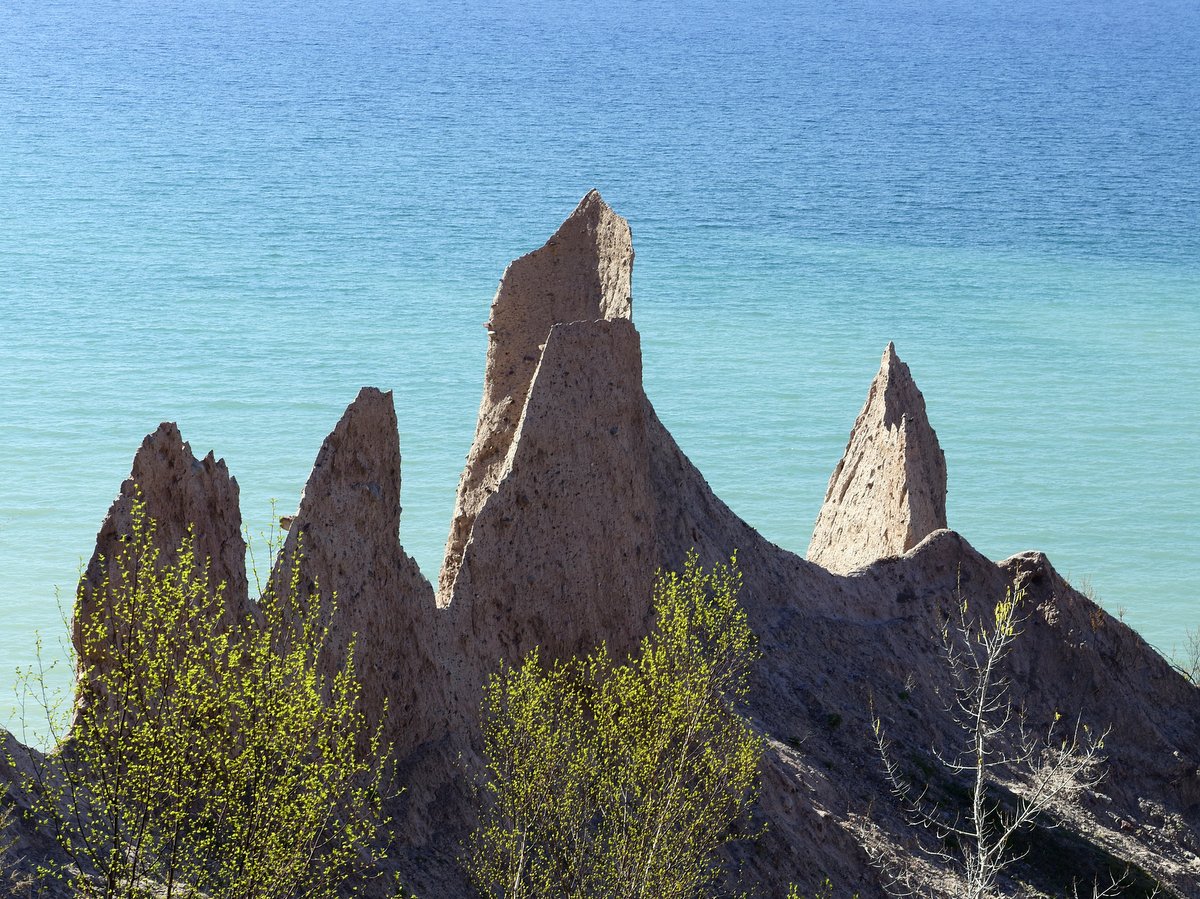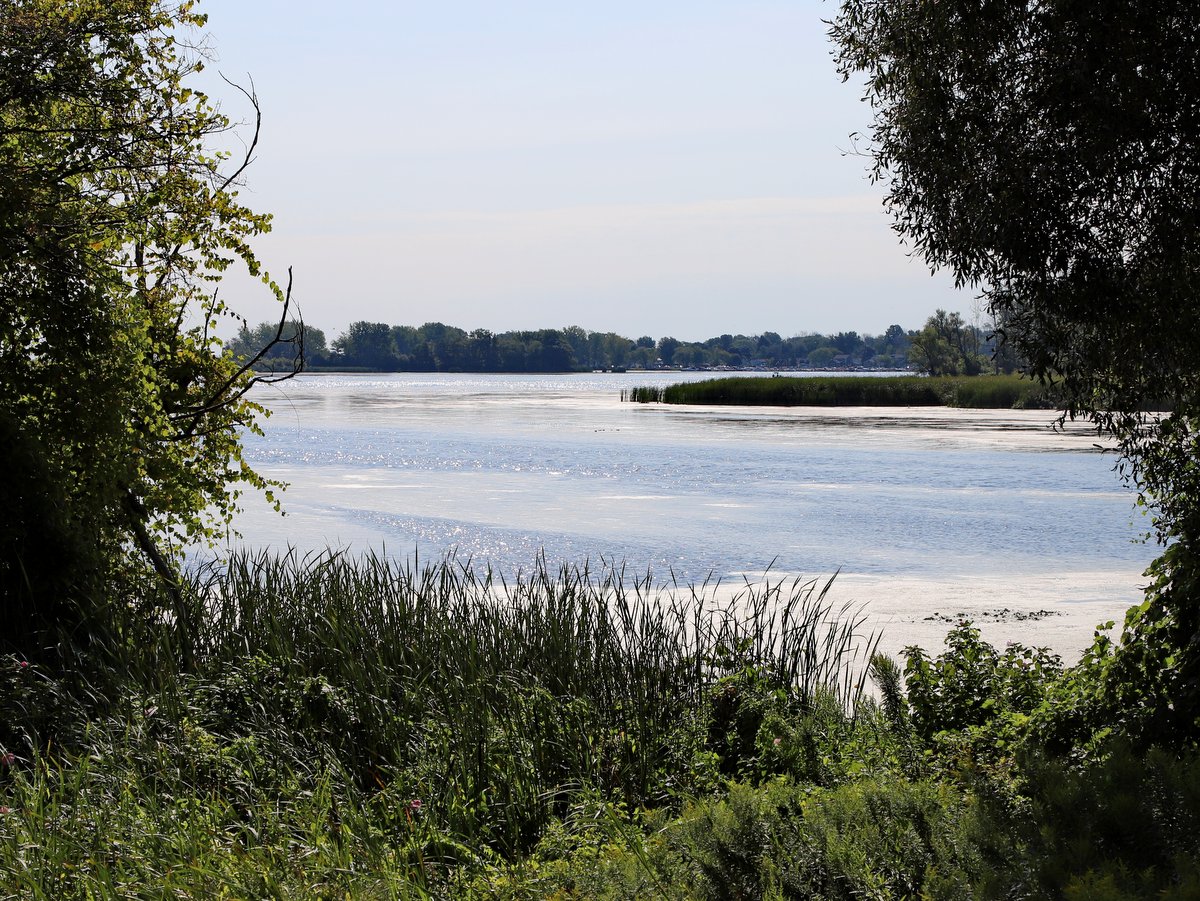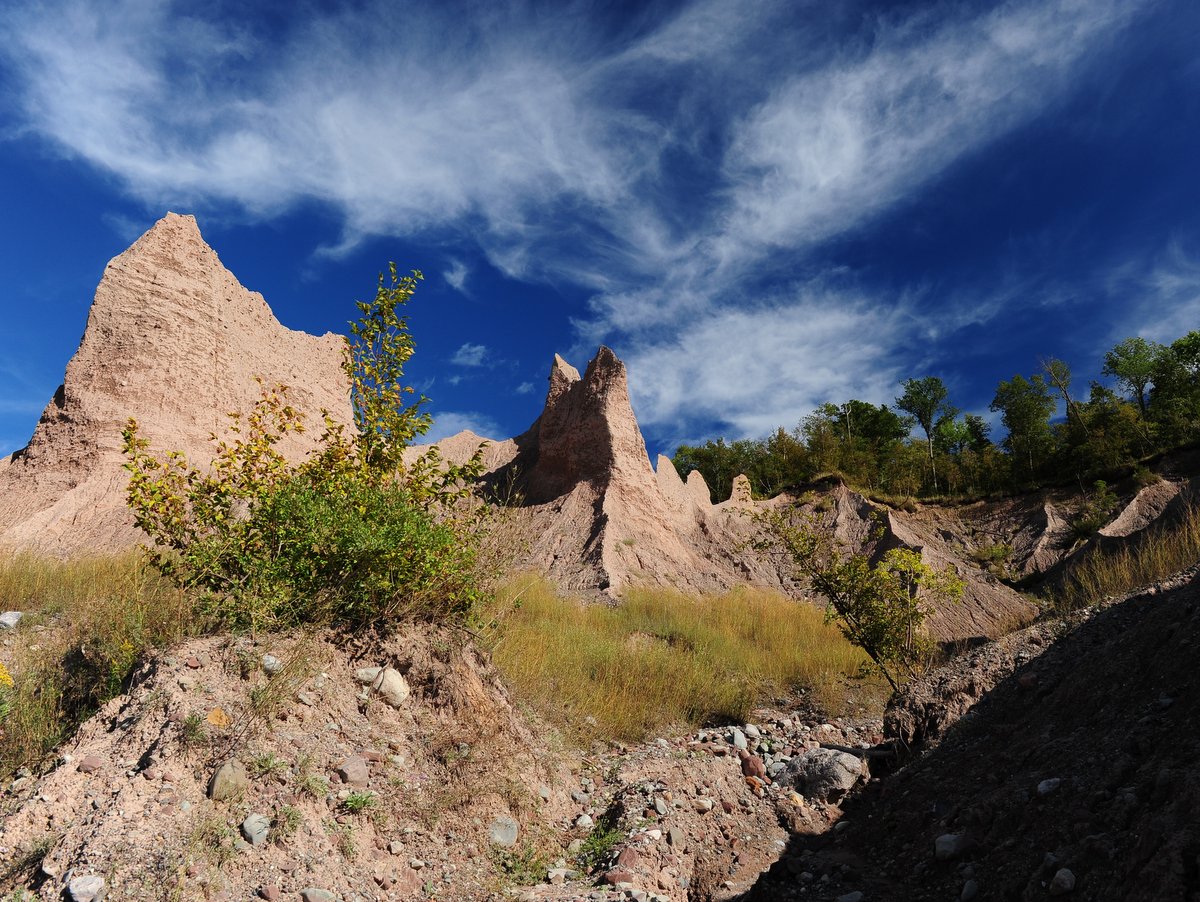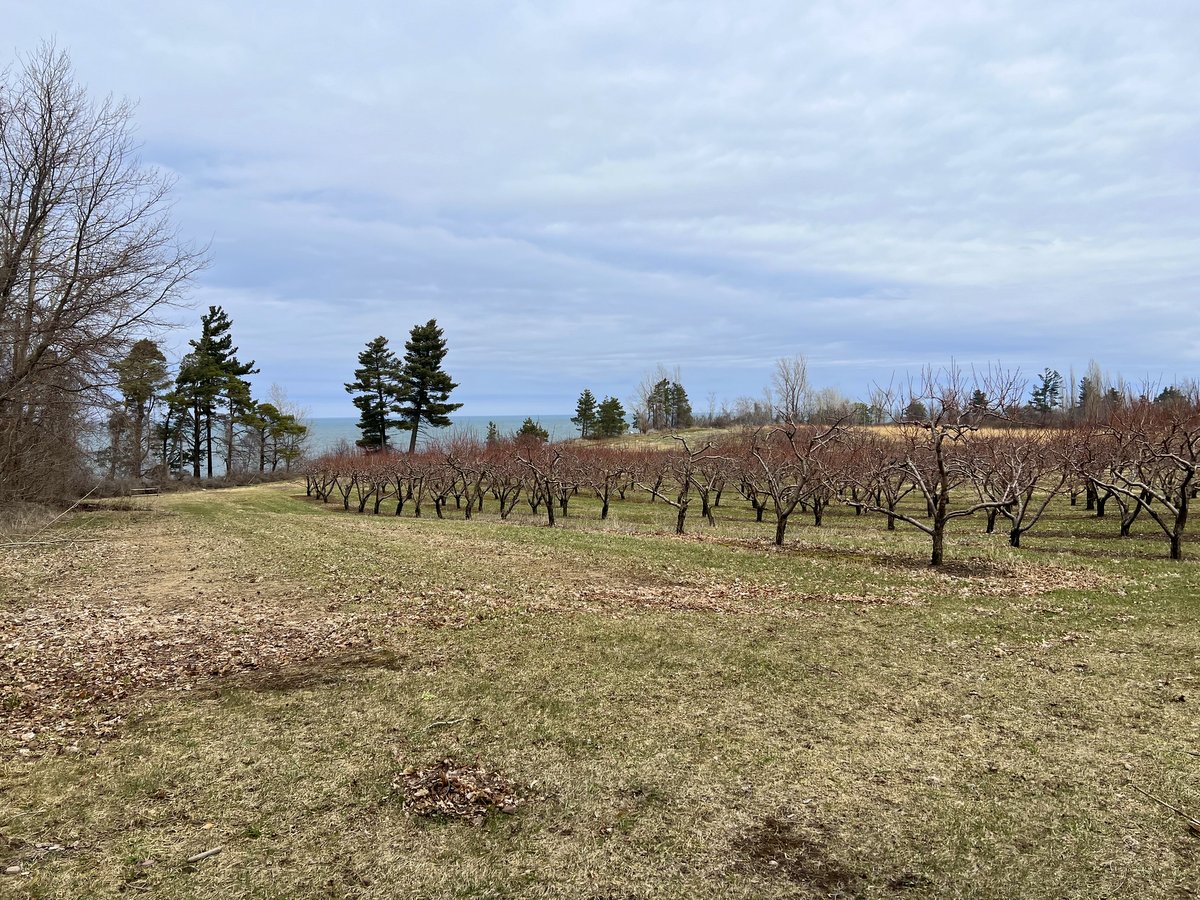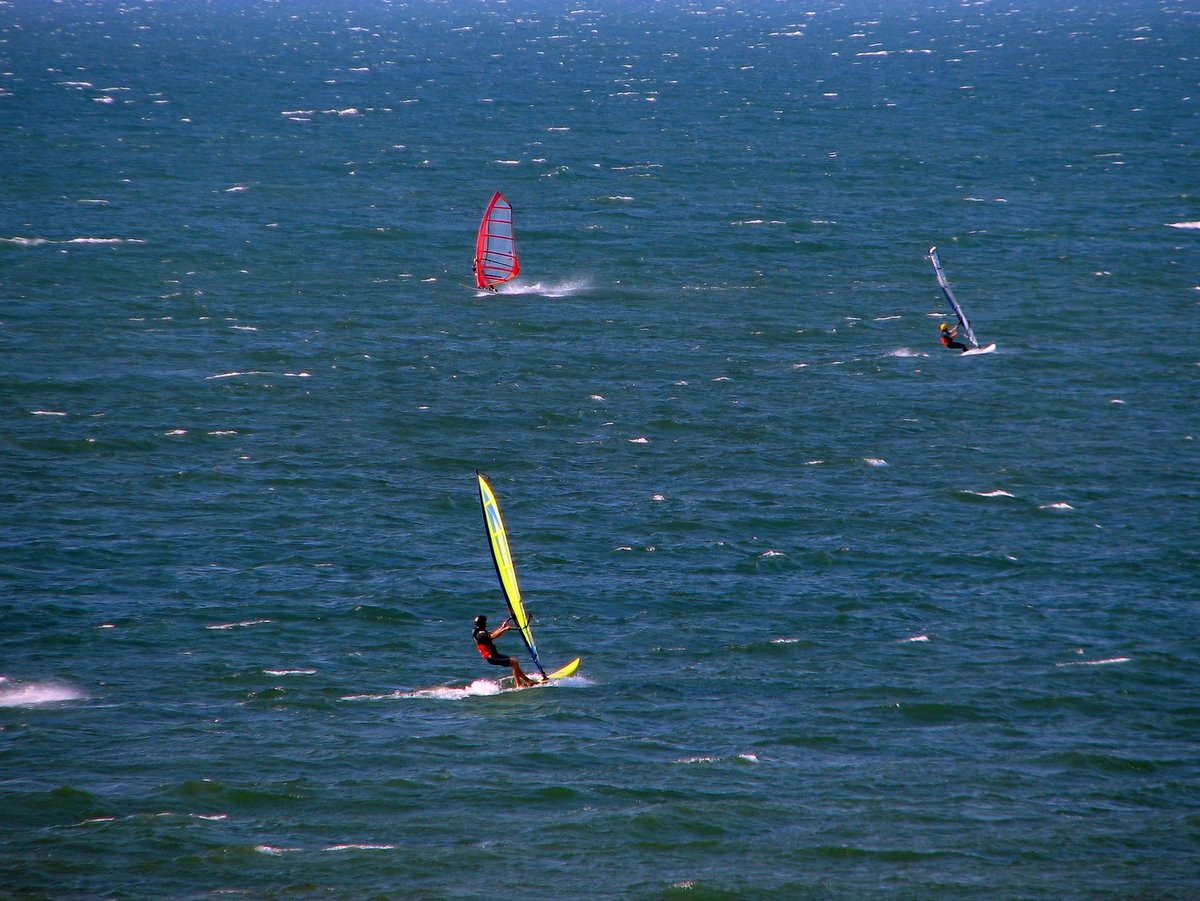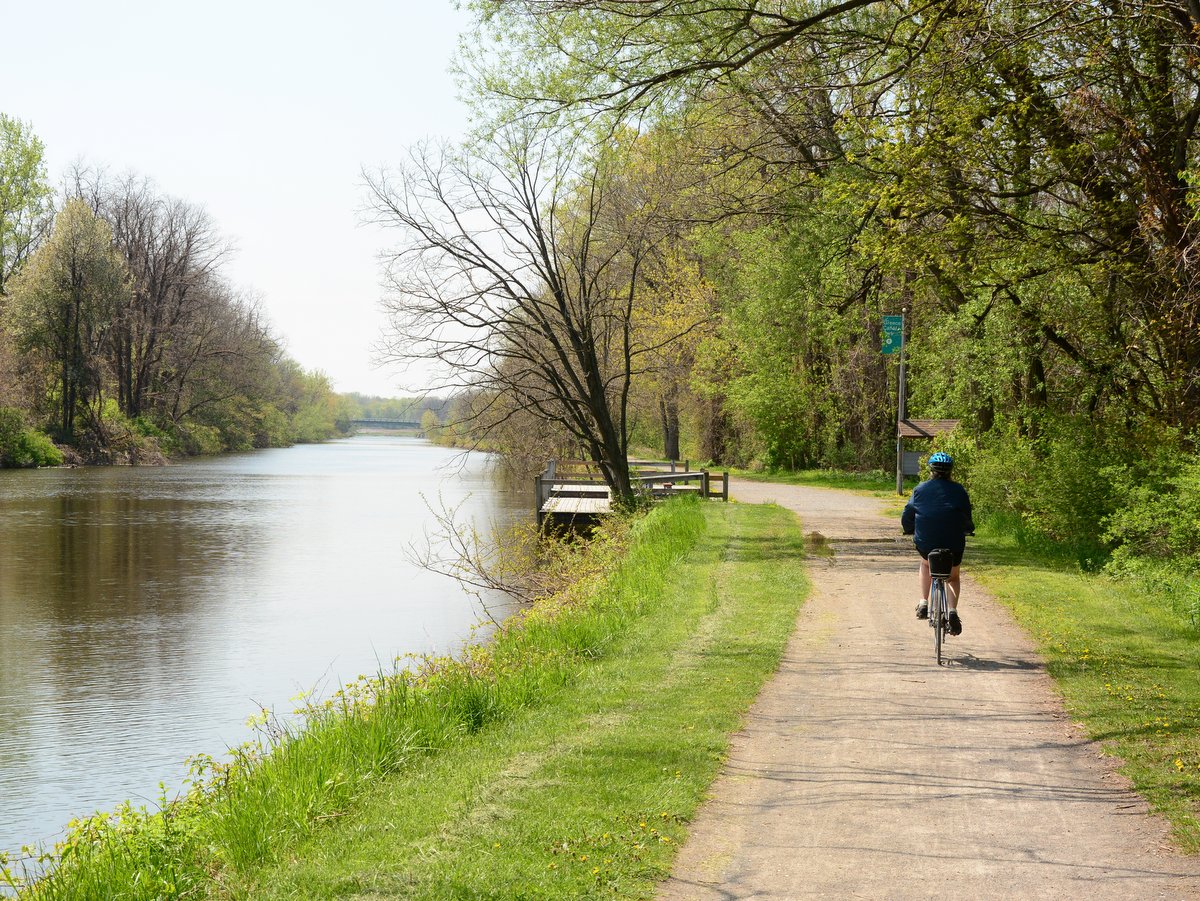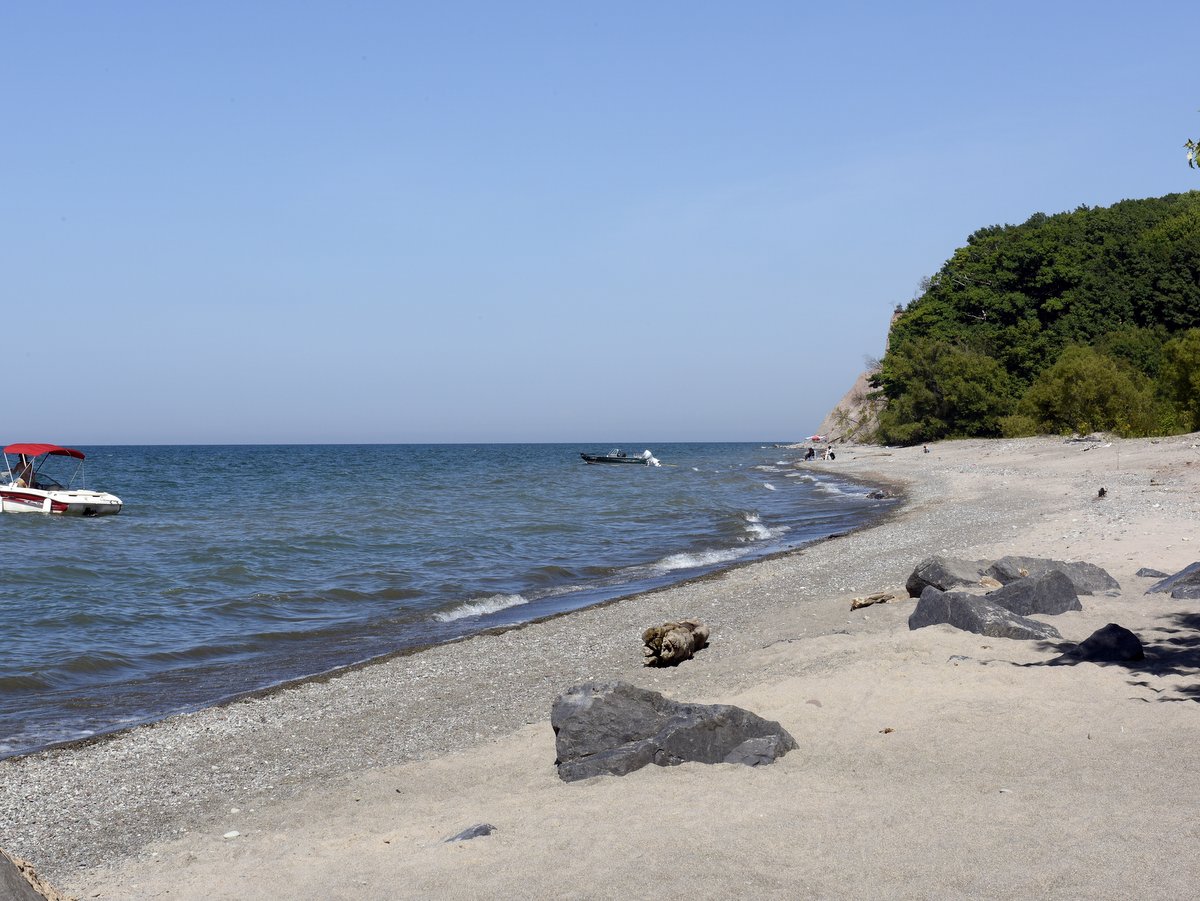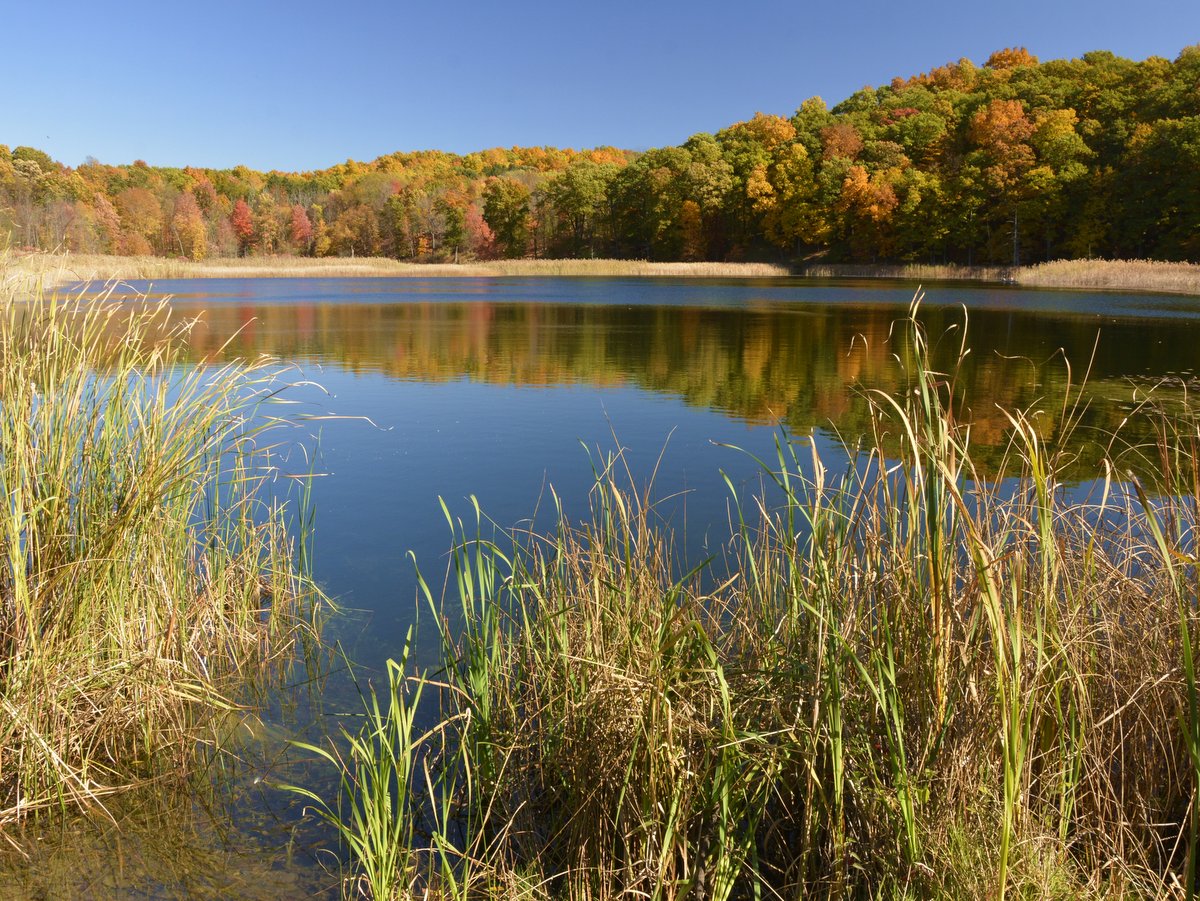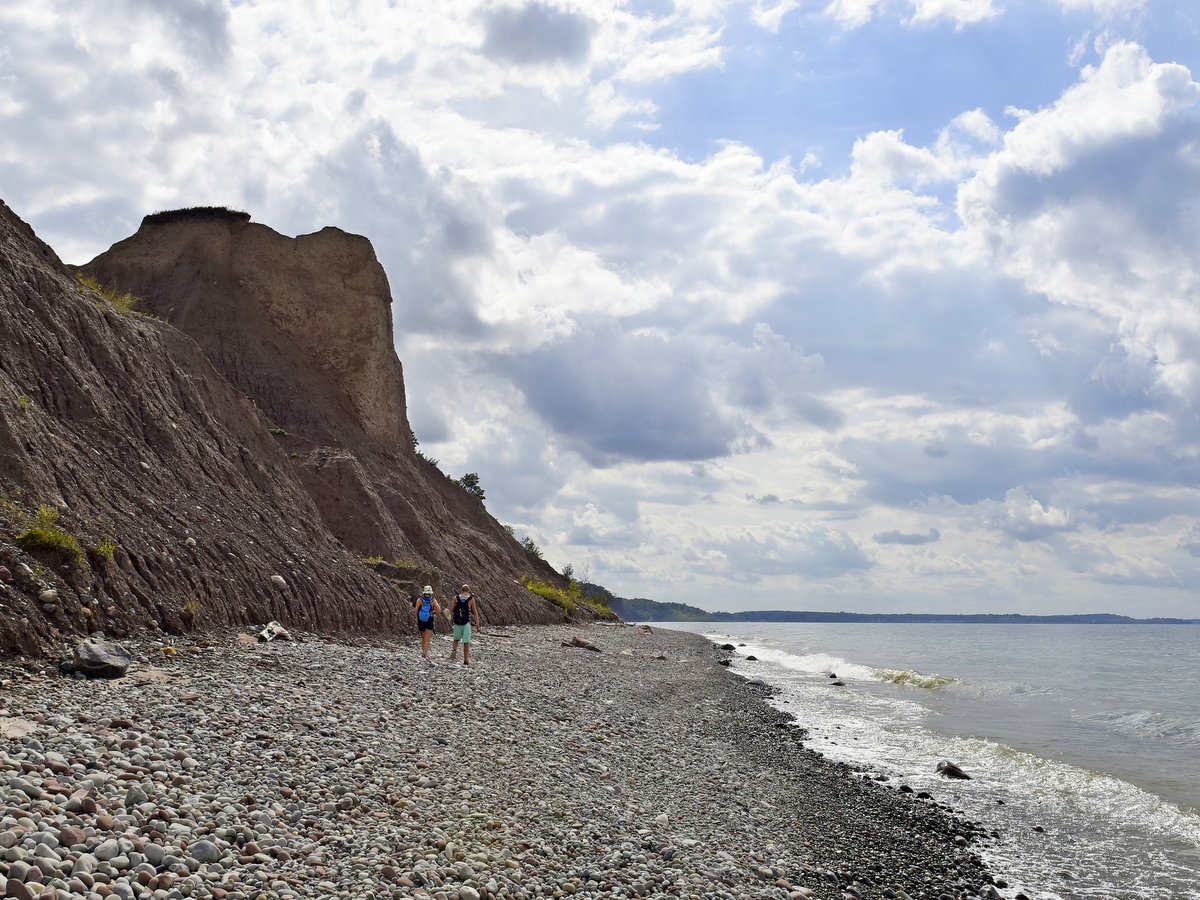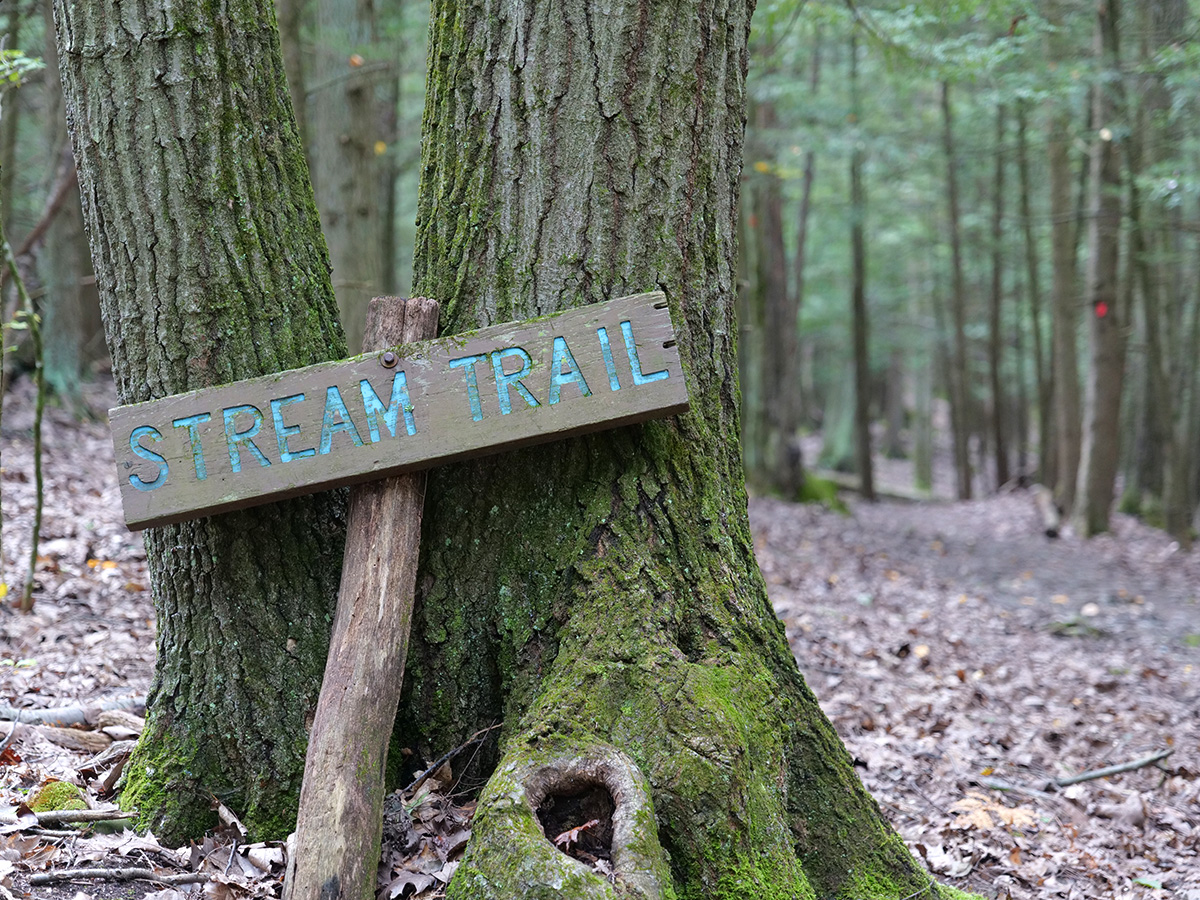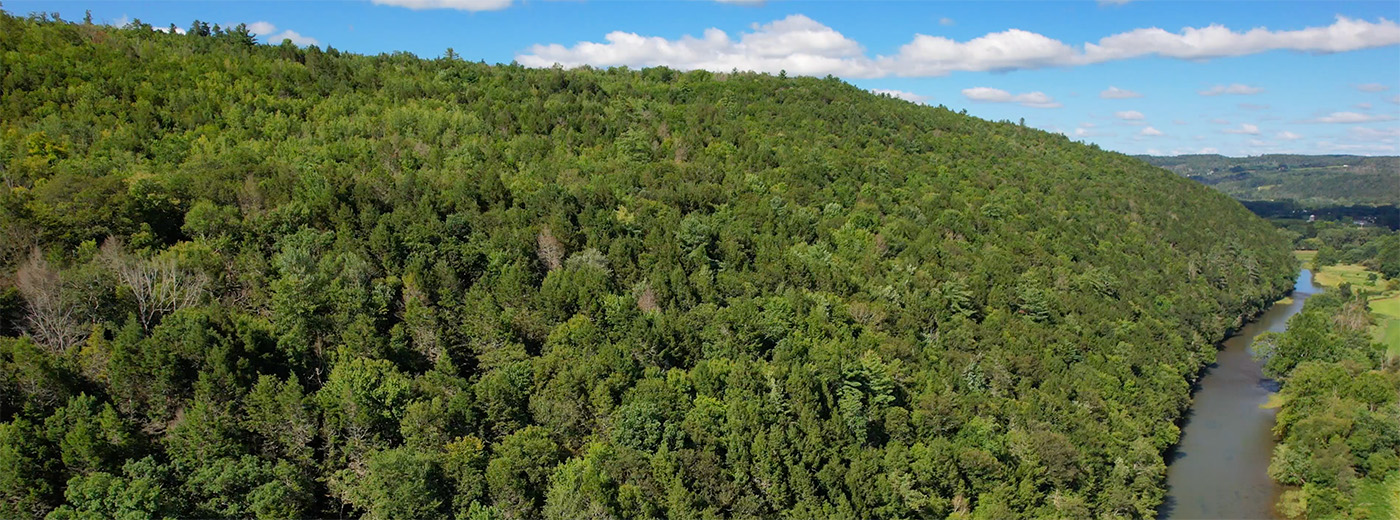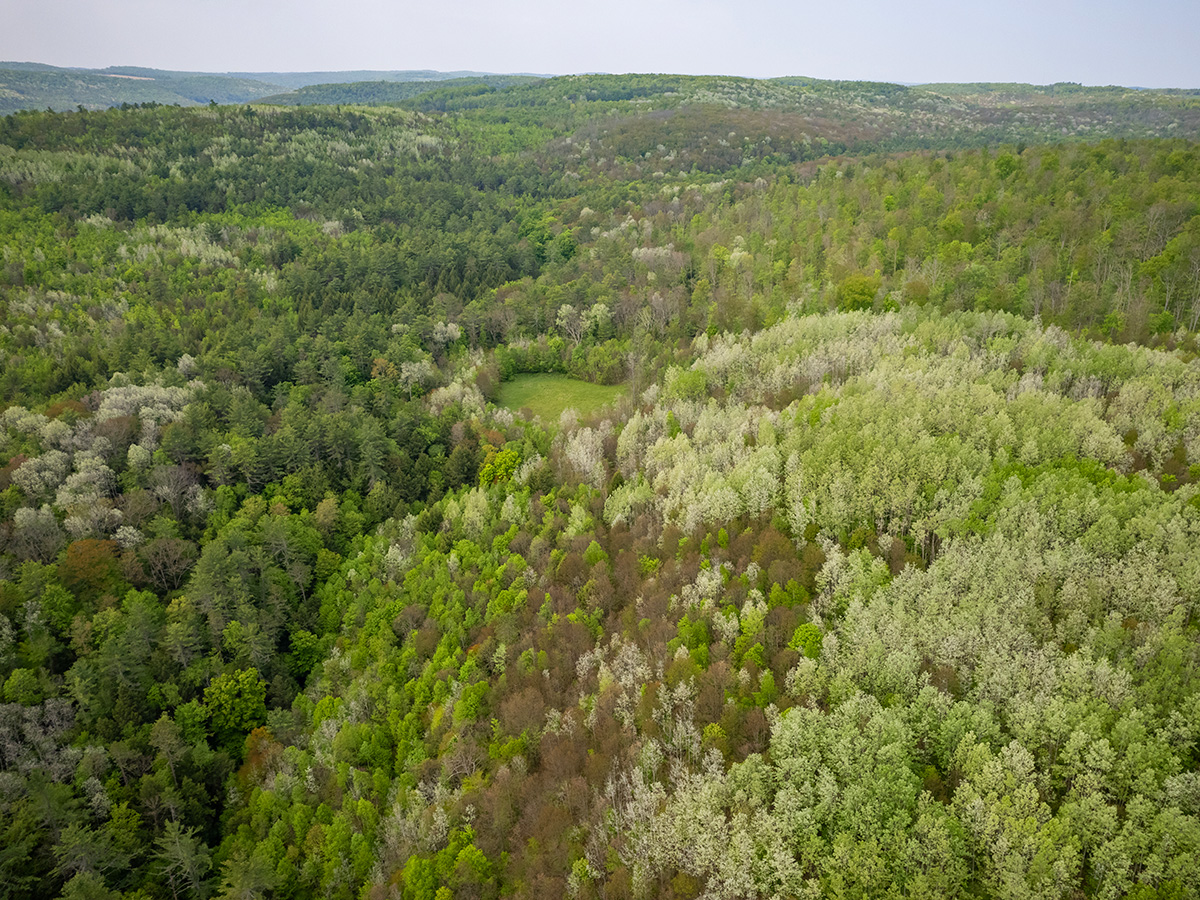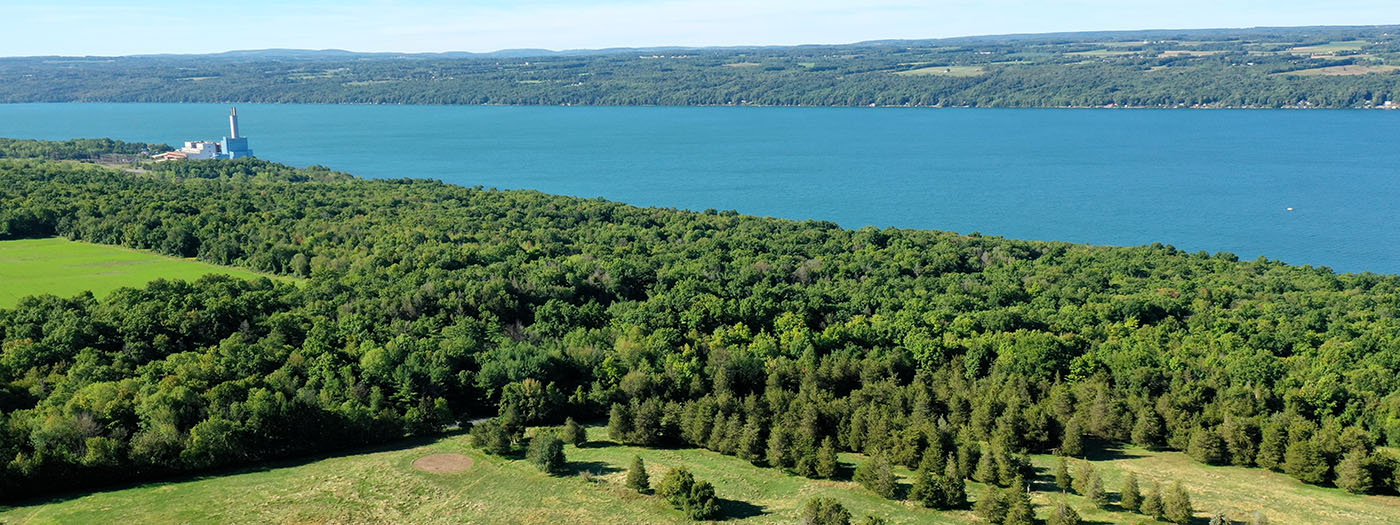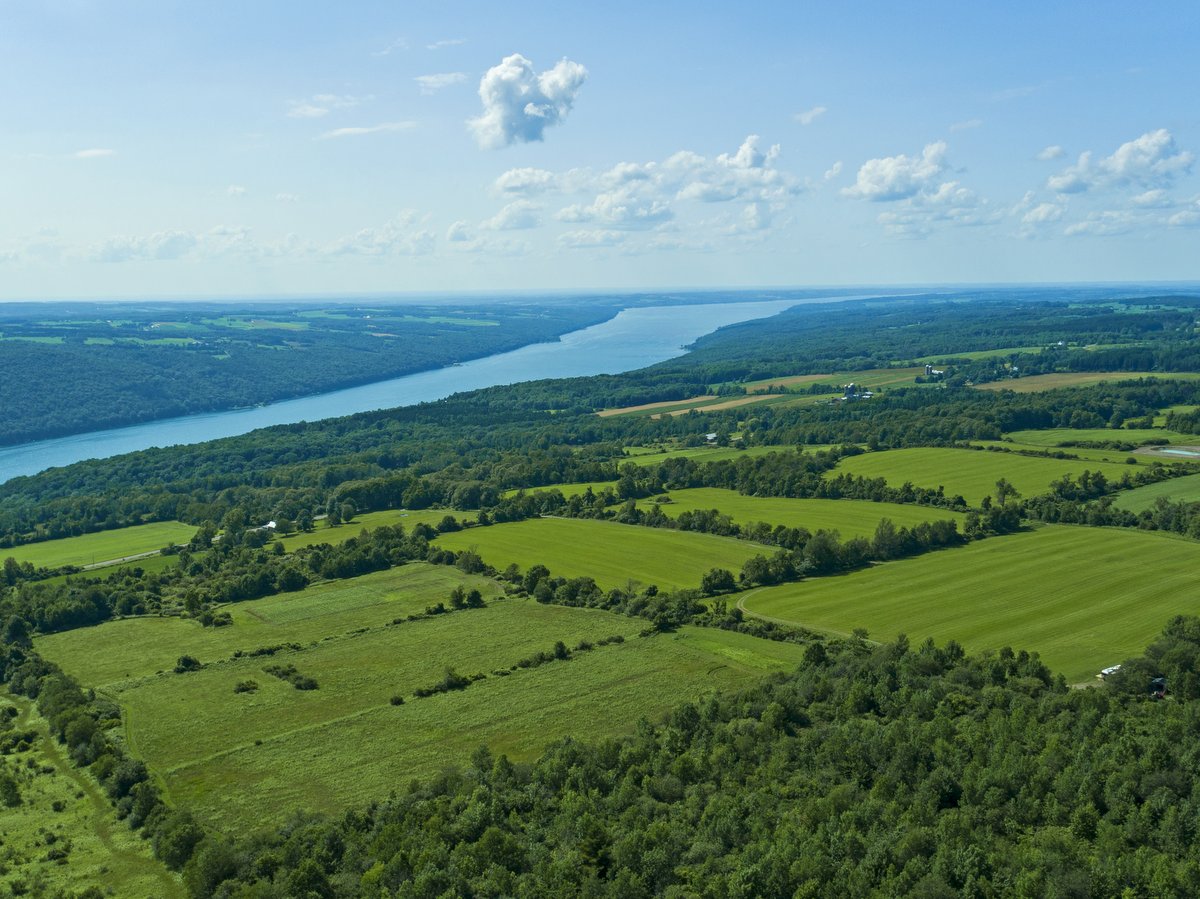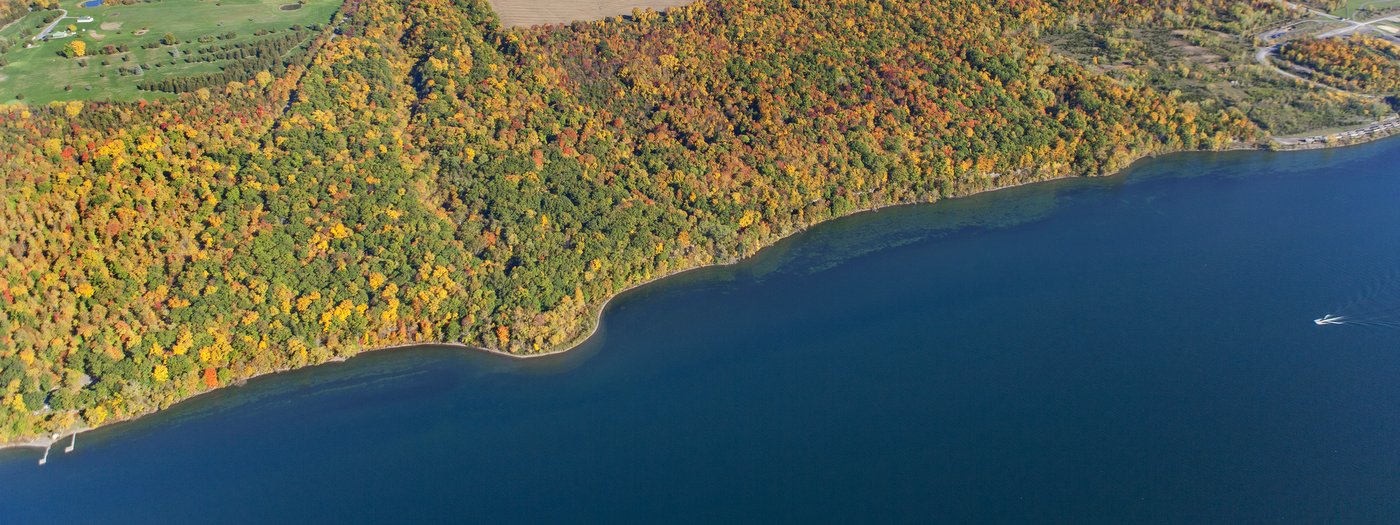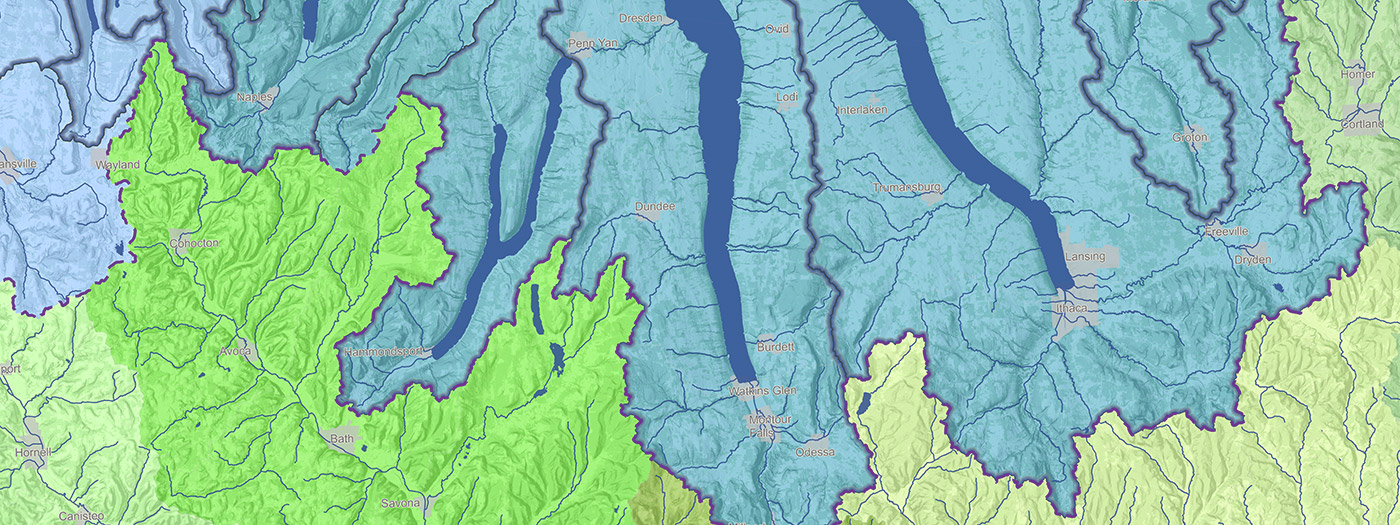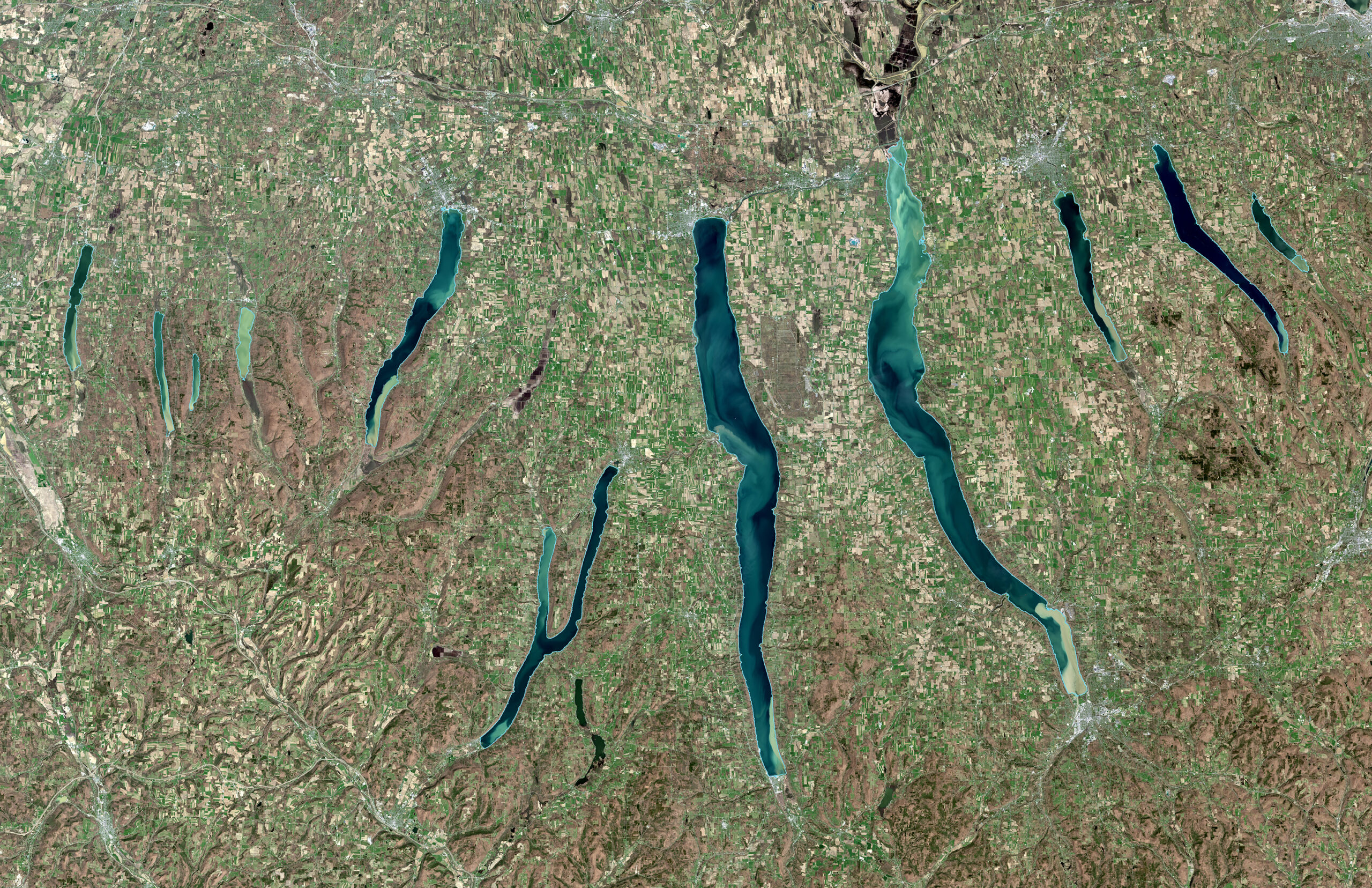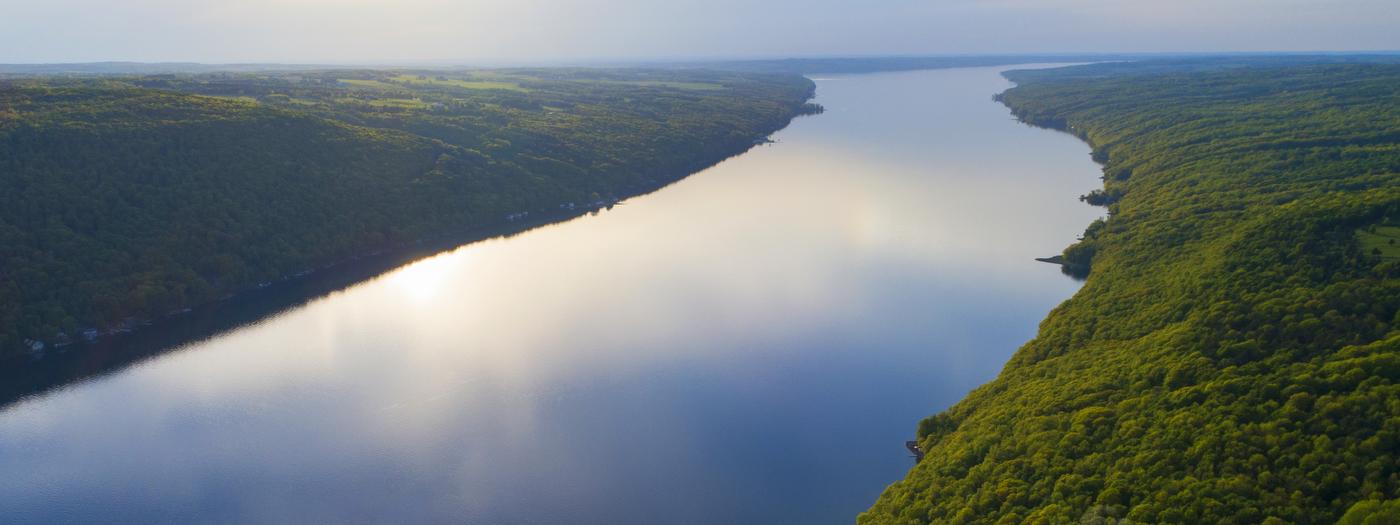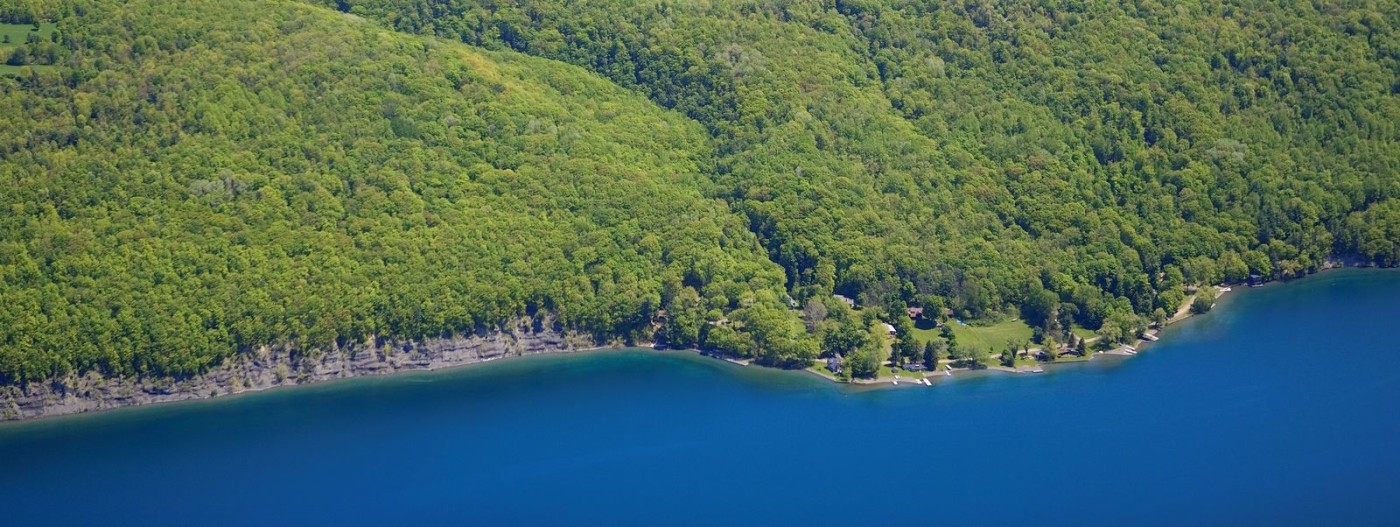The Finger Lakes Land Trust (FLLT) has acquired 101 acres of open space just outside the village of Skaneateles.
The property will be retained and managed by the FLLT in perpetuity as a publicly accessible nature preserve to be known as the Shotwell Brook Conservation Area.
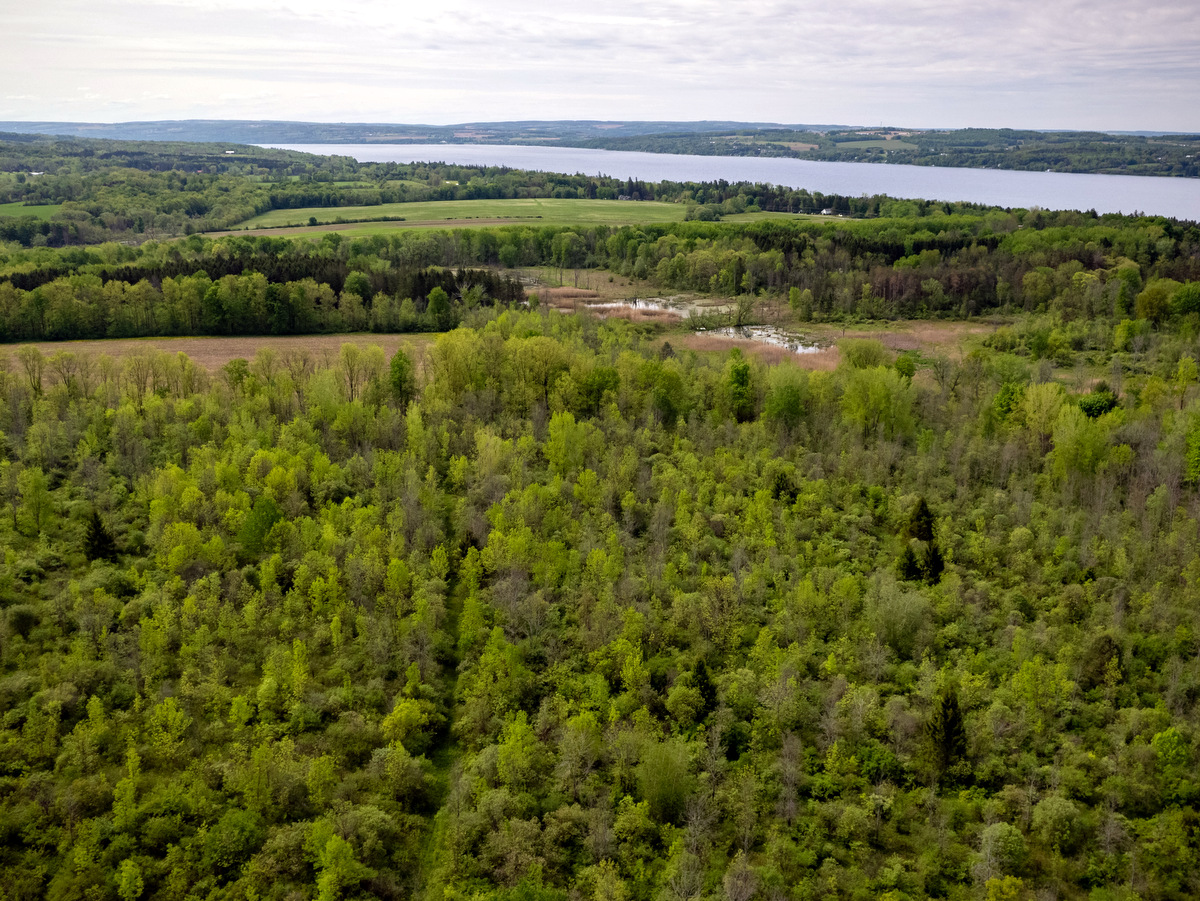
The property was identified as a conservation priority due to its location near the headwaters of Shotwell Brook, a key tributary of Skaneateles Lake. The parcel features more than 1,000 feet of frontage on the brook and more than 1,000 feet of frontage on U.S. Route 20 and is part of the eastern gateway to Skaneateles and the Finger Lakes region.
See the full story on the Finger Lakes Land Trust web site.
ACT NOW
With your help, we can permanently save rare and beautiful places across the Finger Lakes region:
Or call (607) 275-9487 to make your gift
Please contact us with any questions about how you can help save more land in the Finger Lakes!




